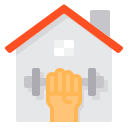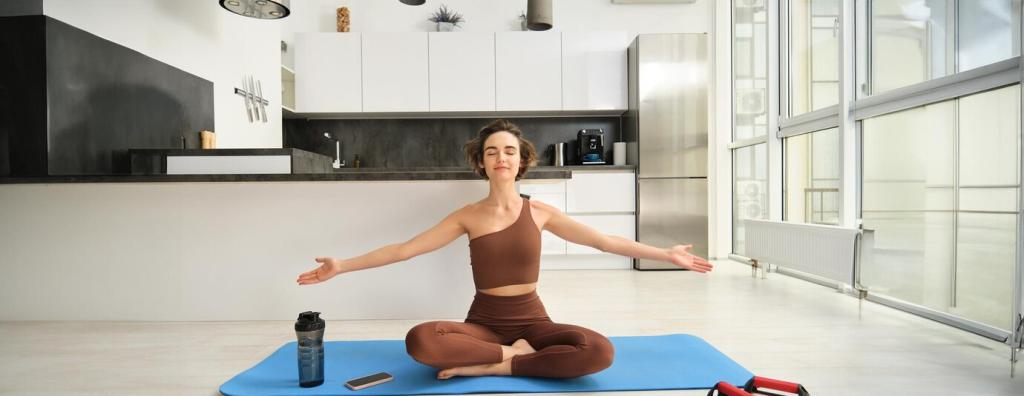Cardio and Conditioning Without Machines
Shadow boxing, brisk marches, step-ups on a stable platform, and fast hands to knees keep noise low and heart rates high. Build short circuits that alternate upper and lower movements to maintain intensity without jumps or heavy footfalls.
Cardio and Conditioning Without Machines
Try EMOMs with push-ups, band rows, and split squats, or AMRAPs pairing bear crawls and step-ups. Mimic jump rope by spinning wrists while hopping lightly, or swap to mountain climbers and fast marches to scale intensity safely.


